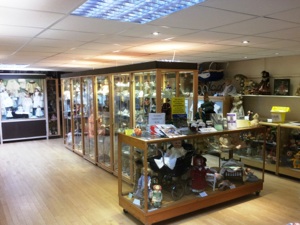Around the Village
Dunster
Discover
Gateway to Exmoor
Visit
Dunster -
Yarn Market
The Yarn Market in the High Street shows the village's wool trading heritage that held sway of the towns economy for hundreds of years. Naturally the story and history of Dunster is integrally linked with the history of the castle itself which is now owned and maintained by the National Trust.


Gallox Bridge
The Gallox Bridge dates from the 15th century. It has been designated as a Grade I Listed building and Scheduled Ancient Monument. It is a narrow stone packhorse bridge on the southern outskirts of Dunster, with two arches over the River Avill. It was originally known as Gallows Bridge
Dunster wishes to invite you to its brand new community museum and doll collection. Our fabulous Doll Collection which was started in 1957 by Mrs Mollie Hardwick. She began to collect her "family" of dolls as ill health had prevented her from traveling. Following her wishes, the collection was put on display in the Dunster Memorial Hall in 1971. The collection of rare and unusual dolls has grown to become one of the largest collections of dolls in the country, with thousands of dolls spanning different time eras, cultures and manufacturers.
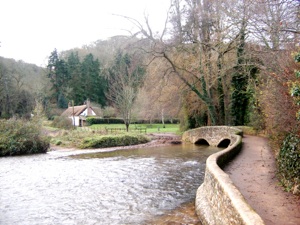
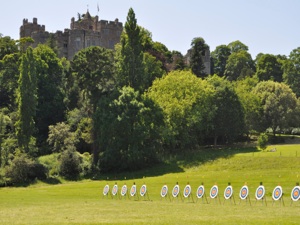
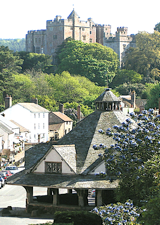
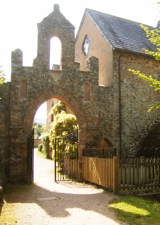
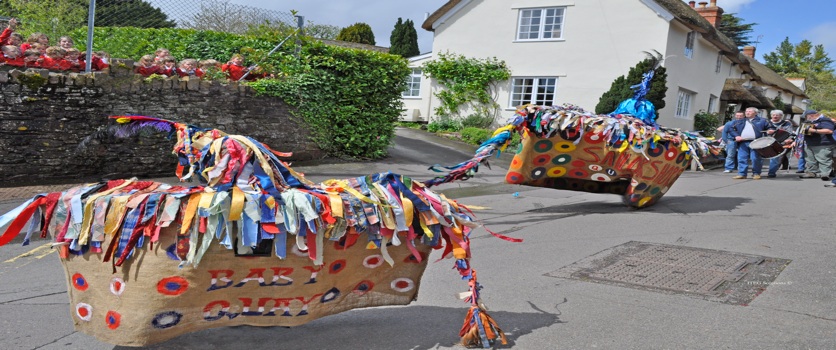
Hobby Horse, May Day Dunster
In 1097, the monks began the construction of a priory church, which eventually became the Parish & Priory Church of St George. While some of this early construction work remains, notably in the North wall, West Door and two piers at the base of the tower, much of what is seen today is perpendicular overlaying Early English, all overlaid again with Victorian embellishments.
Following a dispute between the monks and the town, in 1499 the church was divided into a conventual chapel to the East and a parochial church to the West; an arrangement that persists to this day. One legacy of that split is the magnificent Rood Screen that spans the church.
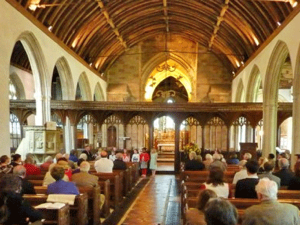
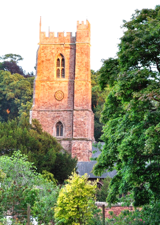
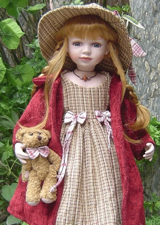
Gallox Bridge
Dunster Castle
DunsterWater Mill
Dunster Dolls Museum
Dunster Dolls Museum
St Georges Church Dunster
St Georges Church


